“Quranic Stories” is a new and scientific analysis of the stories of the prophets. In Part Two, the author continues the path of prophethood to see how the sciences and knowledge of prophecy accumulated, how humans discovered fire and burying the dead, how they learned, at the hands of Noah, how to cross water barriers, at the hands of Shu’aib, how to fulfill the obligation of measuring and weighing, and at the hands of Joseph how to store the harvest of bounty seasons for days of famine. He continues the path of the messages to see how religious laws diversified and evolved from strict religious laws to strict religious laws, with a clear tendency toward facilitation and mitigation; and how rituals differed in form and devotion. Fasting, which began as abstaining from speech altogether, later became abstaining from food, drink, and contact with women, as well as avoiding obscene and vulgar language. Prayer, which began as supplication and remembrance, then took on a ritual form, including standing, sitting, bowing, and prostrating, requiring humility.
Quranic Stories A Contemporary Reading Part Two From Noah to Joseph
د.ا11.00
A contemporary analytical reading of the stories of the prophets from Noah to Joseph, linking the Qur’anic text to the historical and intellectual context.
Available on backorder
| Categories: | stories, Religions, Islamic Curricula |
|---|---|
| Tags: | Islam, Islamic Studies, Qur’an, thought |
| Author | |
|---|---|
| Year | |
| Publisher | Dar Al Saqi |
You may also like…
-
Sea Prayer
د.ا12.00Sea Prayer is a poignant and poetic reflection on the suffering of refugees, told as a letter from a Syrian father to his lost child.
-
Tigers on the Tenth Day
د.ا5.00A collection of symbolic stories that addresses oppression and freedom through a sarcastic style and intense language.
-
Spring in Ashes
د.ا5.00In “Spring in Ashes,” Zakaria Tamer presents satirical short stories that reveal the contradictions of Arab reality and the cruelty of power.
-
Quranic Stories An Introduction to the Stories and the Story of Adam Part One
د.ا15.00The book addresses a contemporary reading of the Quranic stories through the story of Adam to understand the intellectual and religious structure of the Quranic text.
Related products
-
Sand and foam music
د.ا2.13Gibran’s literary style was characterized by smooth words, simplicity of expression, the use of all linguistic formulas and styles, and the frequent use of metaphors and figures of speech. Perhaps the most important feature of Gibran’s literary works is creativity in the art of photography. We find many beautiful, imaginative artistic images full of deep meanings and expressions covering his literary works; because he was an artist and painter who initially depicted the idea and then created it. Gibran relied on two styles in his literary works: the first is characterized by strength and revolution against beliefs and customs and the call for freedom, and the second is characterized by the love of enjoying life and the call to follow inclinations
د.ا3.55 -
Allah
د.ا2.13In the course of an intellectual journey, Mustafa Mahmoud takes us to man’s perception of God’s self and how it was: in Islam, in worship since the dawn of history, among scholars and intellectuals, and among those who denied it. A journey of reflection for those who have realized that self with their souls to strengthen it with their mind and mind. It’s a journey of reflection and reflection that is worth going.
د.ا4.26 -
A tear and a smile
د.ا4.12Gibran’s literary style was characterized by smooth words, simplicity of expression, the use of all linguistic formulas and styles, and the frequent use of metaphors and figures of speech. Perhaps the most important feature of Gibran’s literary works is creativity in the art of photography. We find many beautiful, imaginative artistic images full of deep meanings and expressions covering his literary works; because he was an artist and painter who initially depicted the idea and then created it. Gibran relied on two styles in his literary works: the first is characterized by strength and revolution against beliefs and customs and the call for freedom, and the second is characterized by the love of enjoying life and the call to follow inclinations
د.ا4.97 -
Password
د.ا2.13The Password Book is a book written by Dr. Mustafa Mahmoud in which he talks about the secret of misery and suffering that we incur in our lives. And about the reason for the corruption of society. It confirms that we are punished with this hardship in our lives because we have forgotten God and drowned in worldly desires.
د.ا4.26 -
Letting go; the road to delivery
د.ا8.52The book explores how to release negative emotions and surrender to the present moment to achieve inner peace
د.ا9.94 -
Dreams
د.ا2.13The Book of Dreams is one of the most famous books of Dr. Mustafa Mahmoud. It is an interesting and interesting book, which began with dreams and their interpretation from a purely philosophical point of view, with a scientific presentation characterized by ease, mastery and high quality.
د.ا3.55 -
Crazy parades
د.ا2.13Gibran’s literary style was characterized by smooth words, simplicity of expression, the use of all linguistic formulas and styles, and the frequent use of metaphors and figures of speech. Perhaps the most important feature of Gibran’s literary works is creativity in the art of photography. We find many beautiful, imaginative artistic images full of deep meanings and expressions covering his literary works; because he was an artist and painter who initially depicted the idea and then created it. Gibran relied on two styles in his literary works: the first is characterized by strength and revolution against beliefs and customs and the call for freedom, and the second is characterized by the love of enjoying life and the call to follow inclinations
د.ا3.55 -
In love and life
د.ا2.13In Love and Life is a book by the Egyptian scientist Mustafa Mahmoud. The book is about relationships between men and women with a critical review of the nature of marital relationships and how to deal with love and hate.
د.ا4.26
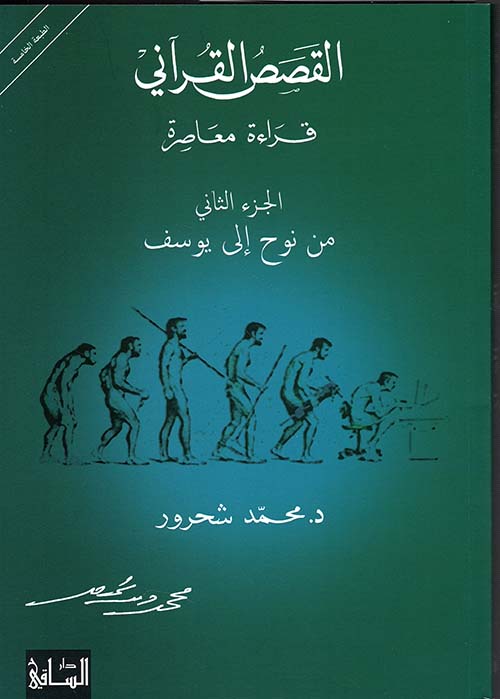
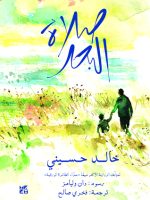

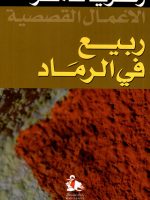
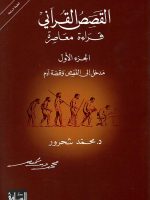
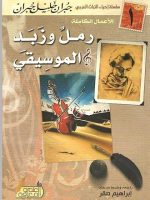
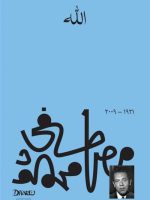

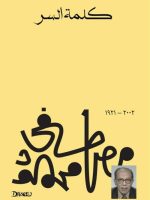
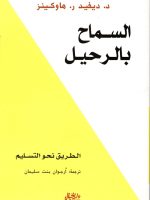

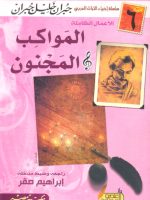
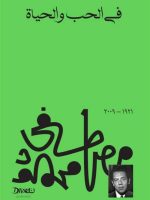
Be the first to review “Quranic Stories A Contemporary Reading Part Two From Noah to Joseph”